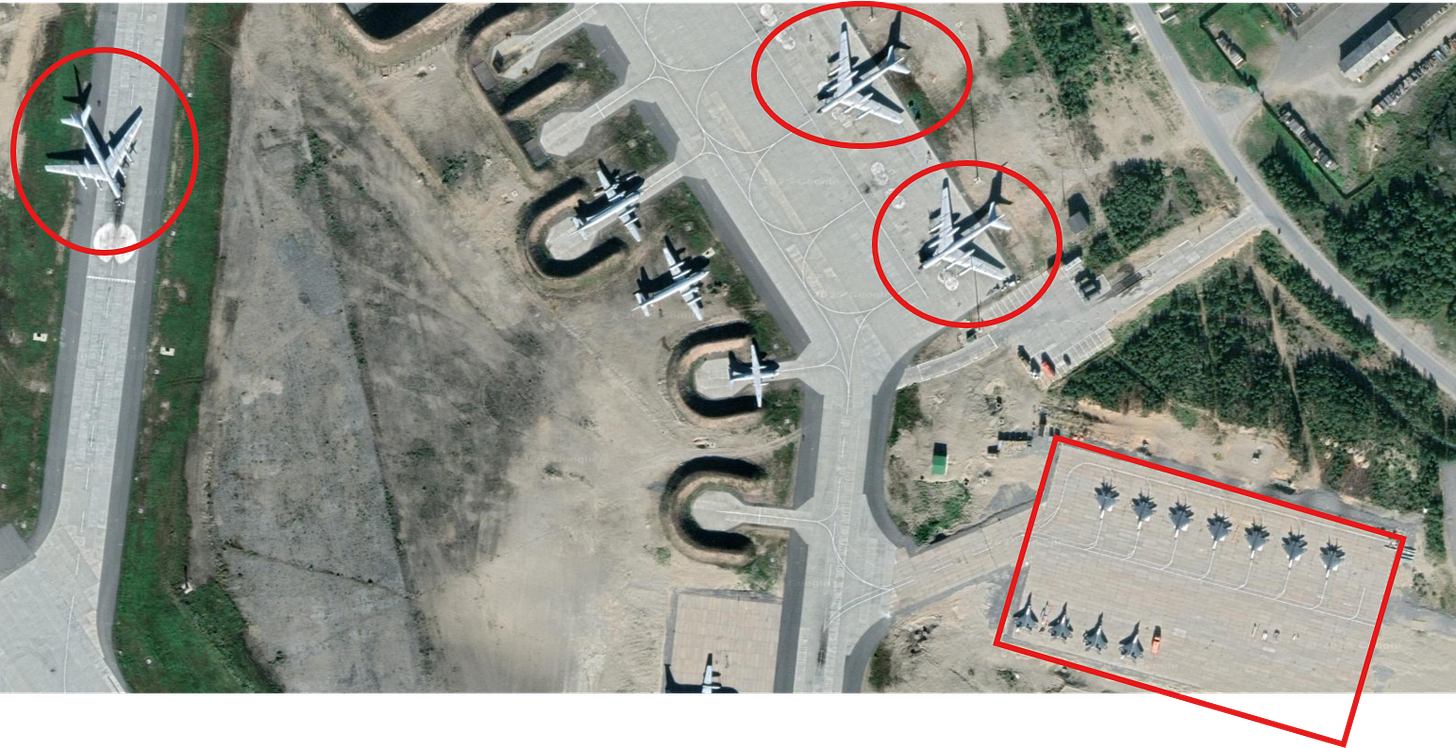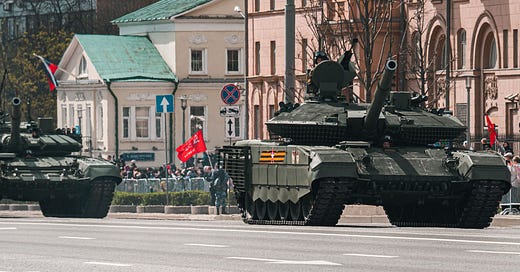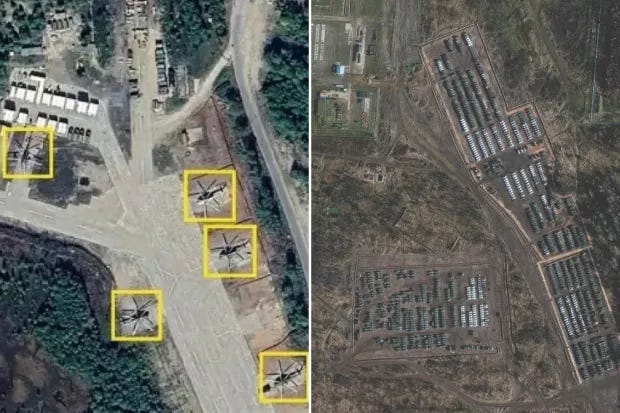Satellite Images Reveal Russian Military Build-Up Along Finland’s Border
What has raised eyebrows among analysts is not just the presence of new structures, but the pattern of activity across geographically distinct but operationally linked bases.
It started with a handful of satellite images.
On April 27, 2025, Swedish broadcaster SVT, citing imagery from Planet Labs, reported an alarming uptick in Russian military activity near the border with Finland.
Tents, rail lines, and new troop facilities are not just symbolic moves. They are concrete steps in what appears to be Russia’s slow, deliberate return to Cold War-era force posturing in Northern Europe. And it is not happening in a vacuum.
The evidence is now overwhelming. Four key sites: Kamenka, Petrozavodsk, Severomorsk-2, and Olenya, are undergoing rapid military expansion. This includes new housing for thousands of troops, strategic bomber activity, and infrastructure upgrades consistent with pre-positioning for large-scale military operations.
Not coincidentally, all of this is unfolding in the wake of Finland and Sweden’s accession to NATO.
New Teeth on Old Soil: What the Satellites Reveal
At first glance, the sites along Russia’s northwest frontier might appear ordinary. Trees, dirt roads, and warehouses. But viewed through the cold lens of modern satellite surveillance, these locations tell a different story; one of quiet militarization and long-range strategic intent.
What has raised eyebrows among analysts is not just the presence of new structures, but the pattern of activity across geographically distinct but operationally linked bases. Each is being modified in ways that suggest complementary roles in a future conflict scenario: troop housing at one, armored storage at another, airpower revival at a third, and long-range strike capability at a fourth.
At Kamenka, the tent encampment is just the beginning. Visible improvements include road resurfacing and new power grid connections, all indicative of an installation being prepped for permanence, not rotation. Military engineering vehicles have been spotted clearing land nearby, suggesting additional structures or staging areas could be on the way. The base’s proximity to the Finnish border, just an hour’s drive, makes it a springboard, not just a deterrent.
In Petrozavodsk, analysts noted not only the three large hangars but also a pattern of tracked vehicle trails in satellite imagery. That points to active training or equipment testing, something rarely done near storage sites unless personnel are preparing for deployment. Also, these hangars appear to have built-in climate control, a costly but telling feature that suggests Russia intends to preserve advanced equipment there, possibly new-generation tanks or electronic warfare vehicles.
Severomorsk-2’s revival is perhaps the most symbolic. This airbase was mothballed during the post-Cold War contraction of Russia’s military footprint. Its resurrection now, paired with the reactivation of hardened aircraft shelters and the repainting of runway markings, points to a deliberate decision to bolster rapid airpower projection in the Arctic and Scandinavian theaters.
The choice of helicopters initially may simply be phase one. Military planners often reintroduce rotary-wing assets first, due to their lower runway requirements and quicker deployment timelines, before eventually reintroducing strike fighters or long-range reconnaissance aircraft.
Immediately after writing that last sentence, I performed one last check of the most recent satellite images, and it appears that Russia now has strategic bombers and fighter escorts at Severomorsk-2 as of May 12, 2025.

Olenya, the strategic bomber base, serves a dual purpose. On one hand, it supports long-range missions into Ukraine and across NATO's eastern airspace. On the other hand, it is increasingly being upgraded with new fuel depots, hardened munitions bunkers, and extended taxiways, classic signs of a base preparing to host high-volume sorties.
Its position near the Kola Peninsula gives Russian bombers a relatively unimpeded flight path toward the GIUK gap (Greenland, Iceland, UK), the NATO choke point for air and naval forces in the North Atlantic.
Olenya is not just about Finland and Ukraine. It is a platform to project strategic reach over the entire European theater.
Critically, analysts also observed mobile radar systems and what appeared to be satellite uplink dishes at some of these bases. That points to command and control enhancements, key for coordinating multi-domain operations across the Arctic, Baltic, and European battle spaces.
Keep reading with a 7-day free trial
Subscribe to Eyes Only with Wes O'Donnell to keep reading this post and get 7 days of free access to the full post archives.





